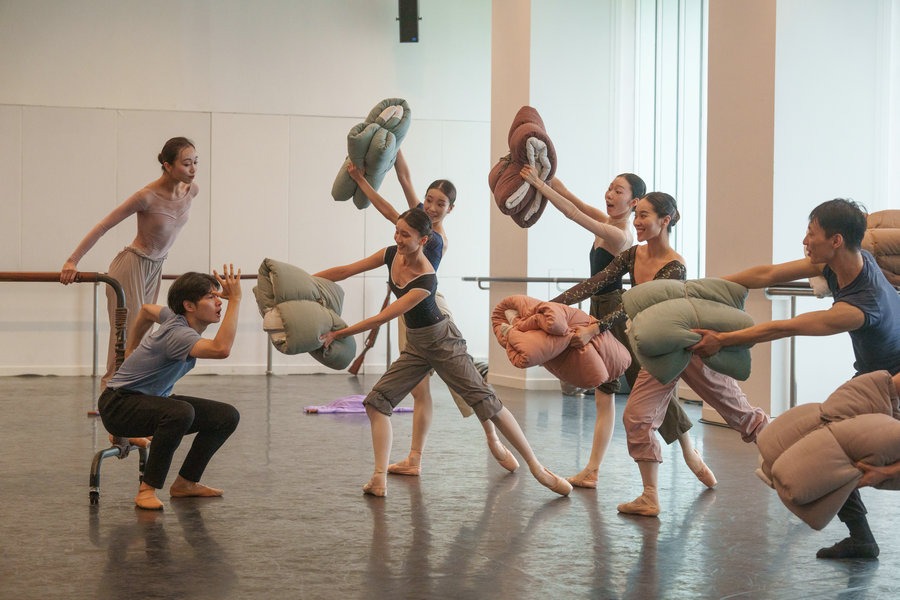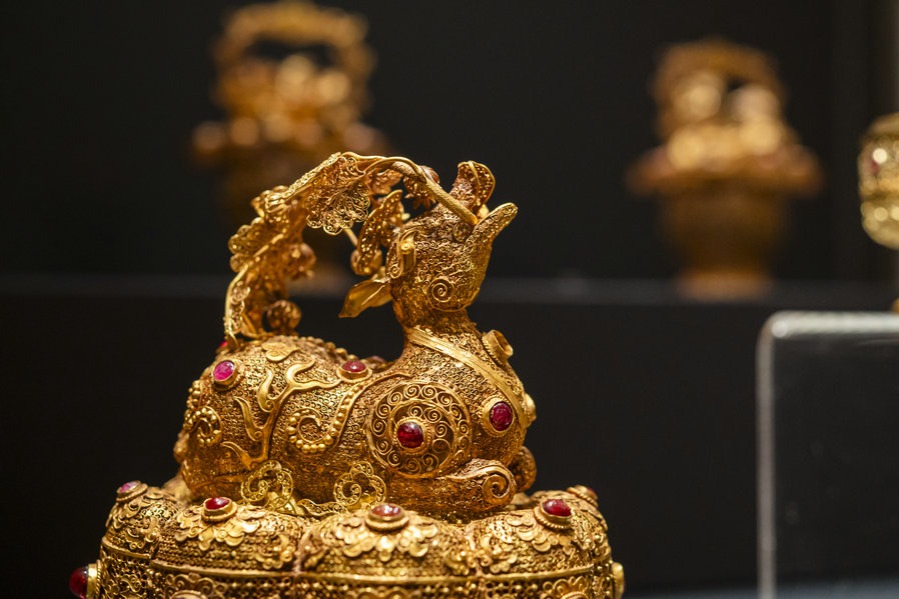Manuscripts illuminate elaborate use of rituals


Recent research findings of the bamboo manuscripts collected by Tsinghua University in Beijing have revealed a new insight into the ritual system, musicology and philosophy of the Warring States Period (475-221 BC).
The university's Research and Conservation Center for Unearthed Texts launched the 13th volume of The Tsinghua University Warring States Bamboo Manuscripts on Dec 10. They feature five recovered pieces of bamboo manuscripts that were unseen prior to now in any records transmitted through history.
Two of these texts, bonded as one scroll and complementary to each other, expound on banquet etiquette of the officials of the Chu state, encompassing today's Hubei and Hunan provinces.
They explain how the hosts should arrange the seats and place the utensils, when and how to order the serving of the grains, meat and wine, as well as how the guests should dine properly and respond to the host's hospitality.
The written rites cover the whole process of a feast, from the guests' coming to leaving, listing various situations, such as what happens should the host be of higher ranking than the guests, or if the guests outranked the host, according to Ma Nan, associate professor at the center.
She says, one of the bamboo books, Dafu Shili (Banquet Rites of Officials), woven on 51 bamboo strips, explains from an omniscient perspective the proprieties that ought to be practiced by the hosts and guests, respectively, and how the receptionists should drive the process and guide the etiquette in between.
The other book, Dafu Shili Ji (Addendum to Banquet Rites of Officials), on 14 bamboo strips, however, records in detail the ritual procedure for servants.
Ma says these two ritual texts were written and finalized in the mid-Warring States Period, and compares their content and use of words with Confucian classic Yi Li (Ceremonies and Rites).
These references have many similarities, despite the fact that the manuscripts collected by Tsinghua University have presented regional features of Chu, she says.





































